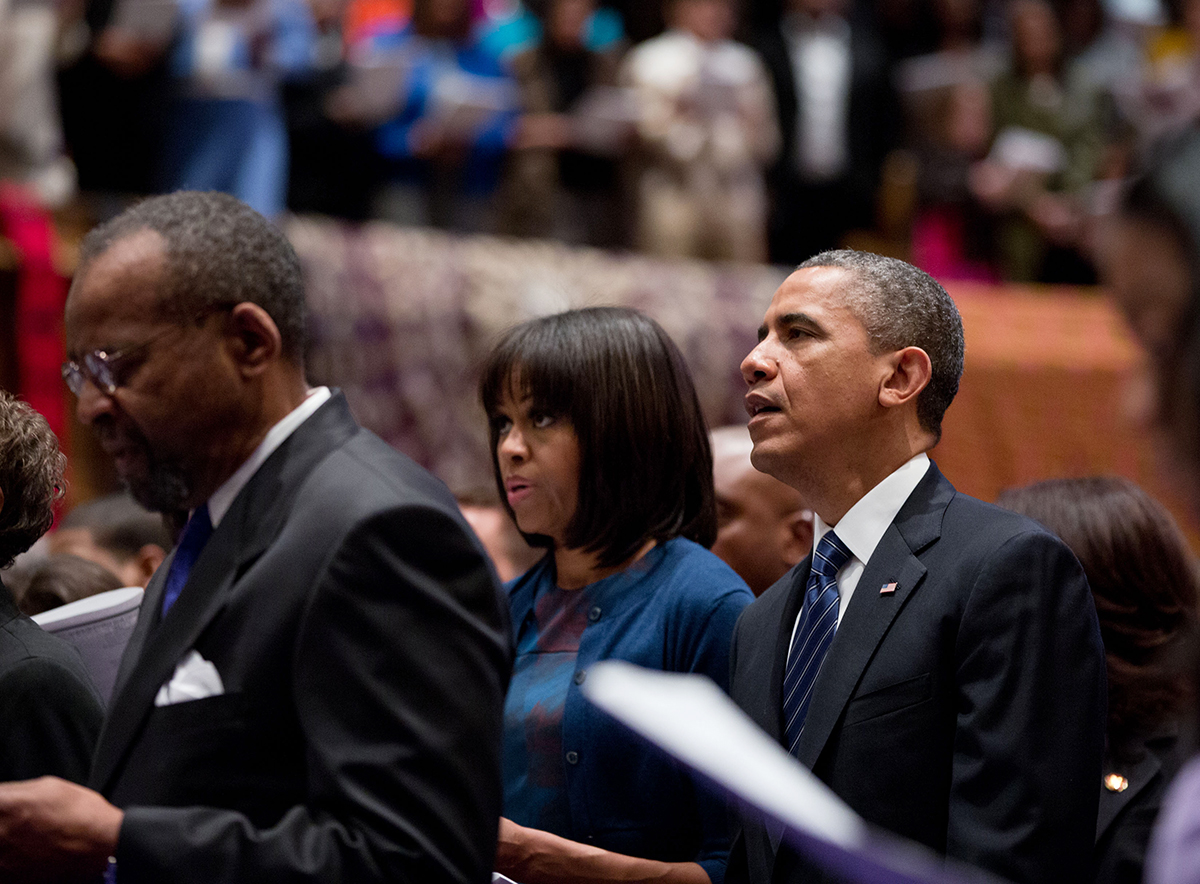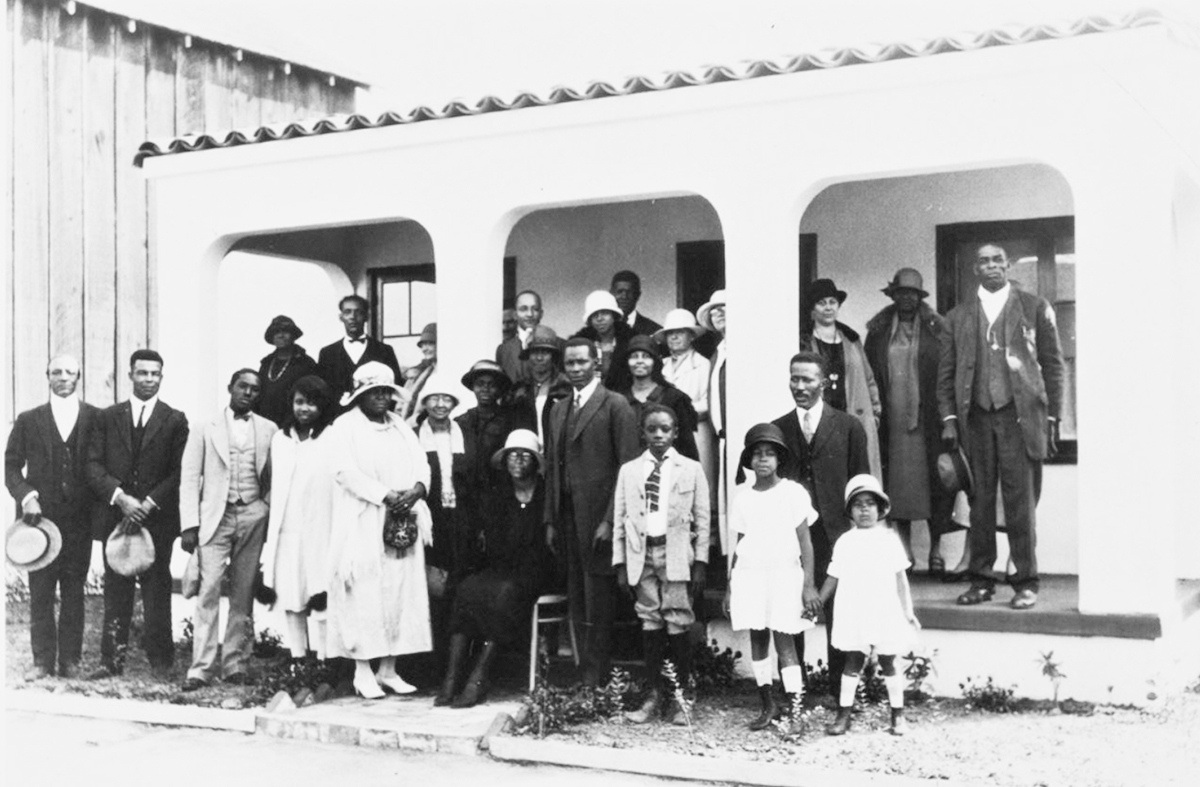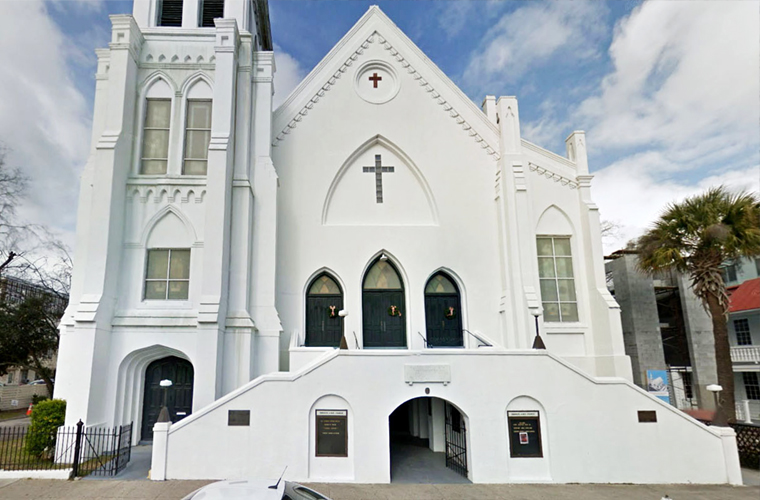The African Methodist Episcopal (AME) Church is a prominent African American denomination within the United States. It is one of the oldest and largest historically Black Protestant denominations in the country. The AME Church emerged in the late 18th century as a response to racial discrimination and segregation within predominantly white Methodist congregations.
The roots of the AME Church can be traced back to the ministry of Richard Allen, a former slave who became a prominent preacher in Philadelphia. In 1787, Allen and other Black Christians who had faced racial discrimination in the Methodist Episcopal Church founded the Free African Society, an organization dedicated to the spiritual and social needs of African Americans. This eventually led to the establishment of the AME Church in 1816.

The AME Church played a crucial role in the African American community, providing not only a place of worship but also a platform for social and political activism. It became a center for education, leadership development, and community organizing during periods of racial inequality and injustice. The church’s leaders were influential figures in the abolitionist movement, the struggle for civil rights, and other social justice causes throughout history.
The organizational structure of the AME Church is Episcopal, meaning it is governed by bishops. The highest governing body is the General Conference, which meets every four years to make decisions regarding church doctrine, policies, and leadership. The church is divided into episcopal districts, each headed by a bishop, and individual congregations are organized into conferences within their respective districts.

Today, the AME Church has a presence not only in the United States but also in various countries around the world. It has a strong emphasis on social justice, community service, and empowerment, and continues to be a voice for the African American community within the broader context of Christianity. The church remains committed to addressing issues of racial inequality, promoting education, and advocating for civil rights and equal opportunities for all people.

